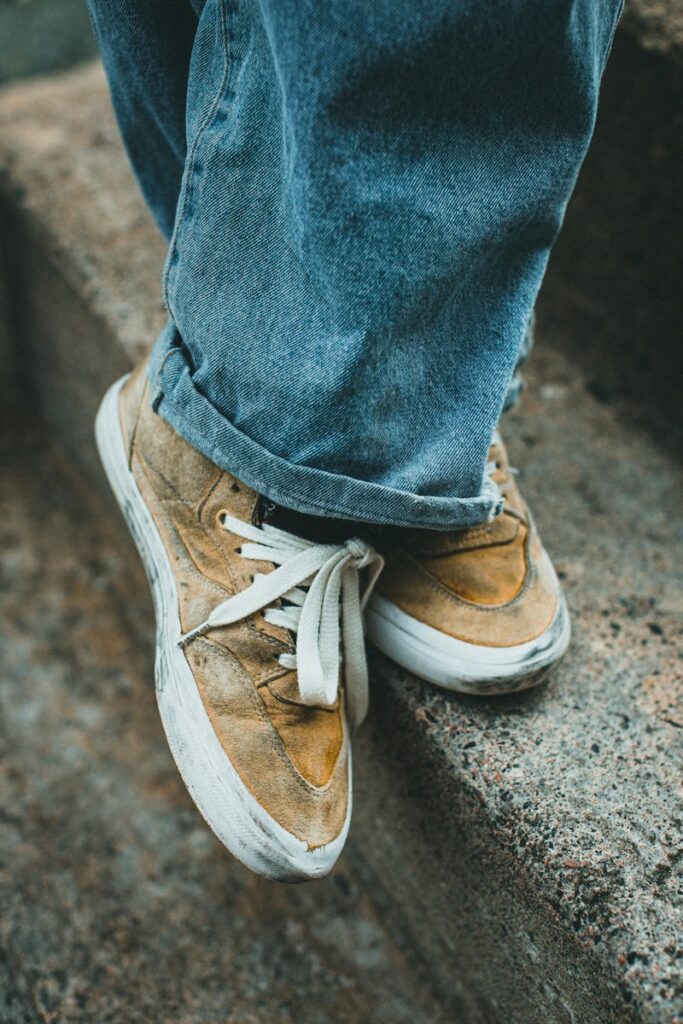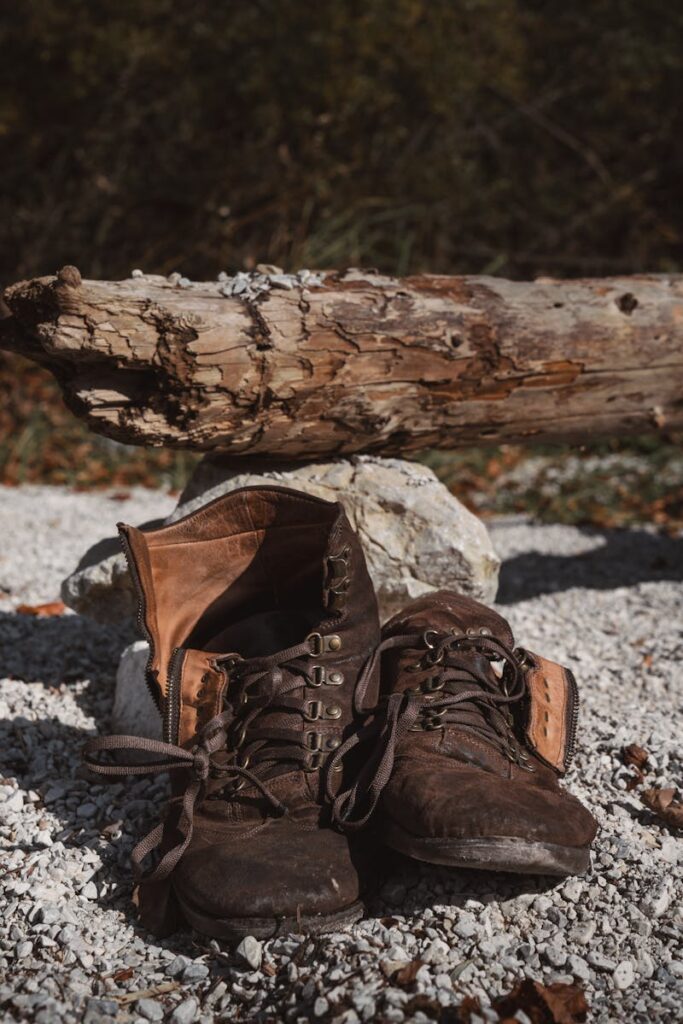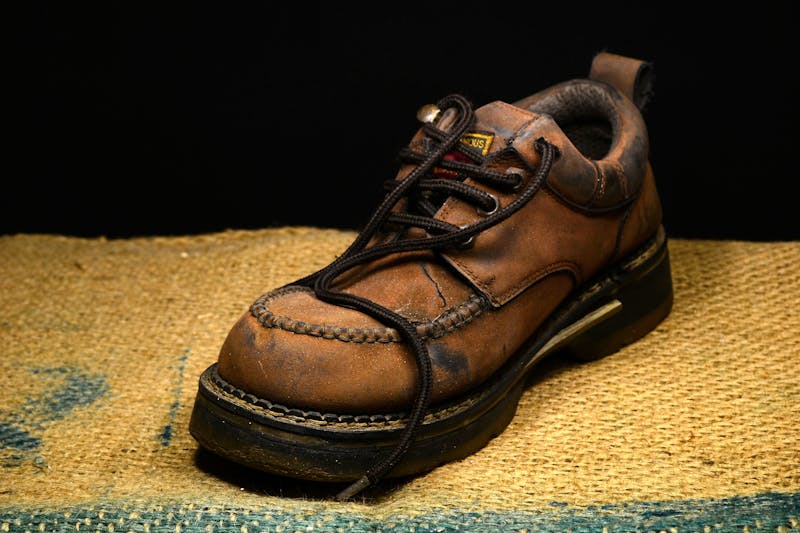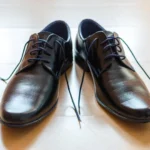How to Stop Shoes from Dry Rotting!
Table of Contents
- Introduction
- What Causes Shoes to Dry Rot?
- Proper Storage Techniques to Prevent Shoe Dry Rot
- Regular Cleaning and Maintenance Tips
- Importance of Using a Shoe Tree
- Choosing the Right Shoe Repair Products
- Effective Ways to Repair Dry Rot in Shoes
- How to Prevent Dry Rot in Leather Shoes
- Tips for Protecting Athletic Shoes from Dry Rot
- Preventing Dry Rot in Suede and Fabric Shoes
- The Benefits of Rotating Your Shoes
- How Humidity and Temperature Affect Shoe Rot
- Frequently Asked Questions (FAQs)
- How do I know if my shoes are experiencing dry rot?
- Can dry rot be reversed in shoes?
- Is it possible to prevent dry rot in all types of shoes?
- How often should I inspect my shoes for signs of dry rot?
- Are there any natural remedies to prevent shoe dry rot?
- Should I store my shoes in a shoebox to prevent dry rot?
- Conclusion
Introduction
As a shoe enthusiast, I understand the frustration of discovering that your favorite pair of shoes has fallen victim to dry rot.
Dry rot is a common issue that many shoe owners face, but with the right knowledge and preventative measures, you can stop shoes from dry rotting and prolong their lifespan.
In this comprehensive guide, I will share effective tips and techniques to prevent dry rot in various types of shoes, including leather, suede, fabric, and athletic shoes.
From proper storage methods to regular maintenance routines, you’ll learn how to keep your beloved shoes looking and feeling their best for years to come.
What Causes Dry Rotting in Shoes?
Before we delve into the solutions, it’s essential to understand what causes shoes to dry rot in the first place.
Dry rot occurs when shoes are exposed to moisture, heat, and lack of proper ventilation.
These factors create an ideal environment for fungi to thrive, leading to the deterioration of the shoe’s materials.
Additionally, prolonged storage without use can also contribute to dry rot, as the shoes are not aired out and moisture becomes trapped inside.
Proper Storage Techniques to Prevent Shoe Dry Rot
One of the key ways to prevent shoe dry rot is proper storage.
Here are some effective techniques to keep your shoes in top condition:
- Use Shoe Trees: Investing in shoe trees not only helps maintain the shape of your shoes but also absorbs excess moisture and odors. Cedar shoe trees are particularly beneficial, as cedar wood has natural antibacterial properties.
- Avoid Plastic Bags: Storing your shoes in plastic bags can lead to moisture buildup and prevent air circulation, promoting dry rot. Opt for breathable shoe bags or cotton pillowcases instead.
- Choose a Cool, Dry Location: Store your shoes in a cool, dry place away from direct sunlight and heat sources. Avoid areas with high humidity, such as basements or attics.
- Rotate Your Shoes: Regularly rotate the shoes you wear to allow them to air out between uses. This prevents moisture from being trapped inside for extended periods.
Regular Cleaning and Maintenance Tips
Proper cleaning and maintenance play a crucial role in preventing shoe dry rot. Here are some tips to keep your shoes in top condition:
- Clean and Condition Leather Shoes: Use a gentle cleaner and conditioner specifically designed for leather shoes to remove dirt and replenish lost moisture. Avoid using harsh chemicals that can strip the leather of its natural oils.
- Brush Suede Shoes: Suede shoes require regular brushing with a suede brush to remove dirt and restore the nap. Avoid using water or liquid cleaners on suede, as they can cause damage.
- Machine Wash Fabric Shoes: For fabric shoes, such as canvas sneakers, check if they are machine washable. Use a mild detergent and air dry them completely to prevent moisture buildup.
- Inspect and Repair Damage: Regularly inspect your shoes for any signs of wear or damage, such as loose stitching or cracks. Address these issues promptly to prevent further deterioration.
Importance of Using a Shoe Tree
A shoe tree is a simple yet effective tool for preventing shoe dry rot.
Here’s why using a shoe tree is crucial for maintaining the condition of your shoes:
- Maintains Shoe Shape: Shoe trees help the shoes retain their shape and prevent creasing, especially in leather shoes.
- Absorbs Moisture: Cedar shoe trees naturally absorb excess moisture and odors, keeping the shoes dry and fresh.
- Aids in Ventilation: By inserting shoe trees into your shoes after wearing them, you allow air to circulate and prevent moisture buildup inside.
Choosing the Right Shoe Repair Products
When it comes to preventing dry rot in shoes, using the right repair products is essential.
Here are some recommended products to keep on hand:
- Leather Conditioner: A good quality leather conditioner nourishes the leather, keeping it supple and preventing cracks.
- Suede Brush: A suede brush helps maintain the texture and appearance of suede shoes by removing dirt and debris.
- Waterproof Spray: Waterproof spray can protect your shoes from moisture and stains, especially in rainy or humid conditions.
- Shoe Glue: Shoe glue is handy for repairing loose soles, detached heels, or any other minor damages quickly and effectively.
Effective Ways to Repair Dry Rot in Shoes
If you’ve already noticed signs of dry rot in your shoes, all hope is not lost.
Here are some effective ways to repair dry rot and salvage your beloved footwear:
- Clean the Shoes: Start by cleaning the affected area with a mild soap and water solution to remove any dirt or debris.
- Apply Vinegar: White vinegar is a natural antifungal agent that can help kill the fungi causing the dry rot. Dab a small amount of vinegar onto the affected area and let it dry.
- Condition the Material: For leather shoes, apply a leather conditioner to moisturize the dry, brittle areas and restore flexibility.
- Use a Repair Patch: In cases of severe dry rot, consider using a repair patch specifically designed for shoes. Follow the instructions carefully for best results.
- Consult a Professional: If the dry rot damage is extensive or you’re unsure how to proceed, consult a professional shoe repair specialist for expert advice and repairs.

How to Stop Dry Rotting in Leather Shoes
Leather shoes are particularly susceptible to dry rot due to the natural properties of leather.
To prevent dry rot in leather shoes, follow these tips:
- Regularly Condition the Leather: Use a high-quality leather conditioner to keep the leather moisturized and supple, preventing cracks and dryness.
- Store in a Well-Ventilated Area: Avoid storing leather shoes in airtight containers or plastic bags. Opt for breathable shoe bags or open shelving to allow for ventilation.
- Protect from Moisture: Waterproof your leather shoes with a protective spray to shield them from moisture and stains. Be sure to reapply the waterproofing treatment regularly.
Tips to Stop Athletic Shoes from Dry Rotting
Athletic shoes are often exposed to sweat and dirt, making them prone to dry rot if not properly cared for.
Here are some tips to protect your athletic shoes:
- Air Them Out: After a workout or intense activity, remove the insoles and let the shoes air out to dry completely. Avoid storing sweaty shoes in a closed gym bag or locker.
- Clean Regularly: Wipe down your athletic shoes with a damp cloth or gentle cleanser to remove sweat, dirt, and bacteria. Allow them to air dry before wearing them again.
- Rotate Your Athletic Shoes: If you’re a regular gym-goer or runner, consider rotating between multiple pairs of athletic shoes to give each pair a chance to dry out fully.
Preventing Dry Rotting in Suede and Fabric Shoes
Suede and fabric shoes require special care to prevent dry rot and maintain their appearance.
Here are some tips for protecting suede and fabric shoes:
- Avoid Moisture: Suede is particularly sensitive to moisture, so avoid wearing suede shoes in rainy or wet conditions. If they do get wet, stuff them with paper and let them air dry naturally.
- Brush Regularly: Use a suede brush to gently remove dirt and restore the nap of the suede. Brushing helps prevent dirt buildup and keeps the suede looking fresh.
- Machine Wash Fabric Shoes: If your fabric shoes are machine washable, follow the manufacturer’s instructions for cleaning. Air dry them completely before wearing them again.
The Benefits of Rotating Your Shoes
Rotating your shoes not only extends the lifespan of each pair but also offers several benefits for your feet and overall comfort.
Here’s why rotating your shoes is beneficial:
- Prevents Moisture Buildup: Rotating between different pairs of shoes allows each pair to air out and dry fully, reducing the risk of moisture-related issues like dry rot.
- Maintains Shoe Shape: Giving your shoes a break between wears helps them retain their shape and prevents excessive wear on specific areas.
- Prevents Foot Issues: Wearing the same shoes day after day can lead to foot problems like blisters and calluses. Rotating your shoes gives your feet a break and reduces the risk of discomfort.
How Humidity and Temperature Affect Shoe Rot
Humidity and temperature play a significant role in the development of shoe dry rot.
Here’s how these factors can impact the condition of your shoes:
- High Humidity: In humid conditions, shoes are more prone to moisture buildup, which can lead to mold and mildew growth. Using a dehumidifier or silica gel packets can help absorb excess moisture.
- Extreme Temperatures: Extreme heat can cause materials like leather to dry out and crack, accelerating the onset of dry rot. Store your shoes in a climate-controlled environment to maintain optimal conditions.

Frequently Asked Questions (FAQs)
How do I know if my shoes are experiencing dry rot?
Signs of dry rot in shoes include a powdery white substance on the material, crumbling or cracking of the fabric or leather, and a musty odor.
If you notice any of these symptoms, it’s essential to address them promptly.
Can dry rot be reversed in shoes?
While it’s challenging to reverse dry rot completely, prompt action can help prevent further deterioration.
Cleaning the affected area, applying appropriate treatments, and consulting a professional shoe repair specialist can mitigate the damage.
Is it possible to prevent dry rot in all types of shoes?
While some materials are more susceptible to dry rot than others, such as leather and suede, preventive measures can be taken for all types of shoes.
Proper storage, regular cleaning, and maintenance routines can help prevent dry rot in most shoes.
How often should I inspect my shoes for signs of dry rot?
It’s recommended to inspect your shoes for signs of dry rot at least once a month, especially if they are stored for an extended period.
Regular inspections allow you to catch any issues early and take corrective action promptly.
Are there any natural remedies to stop shoes from dry rotting?
White vinegar, baking soda, and cedar shoe trees are natural remedies that can help prevent shoe dry rot.
These options are effective in absorbing moisture, reducing odor, and inhibiting fungal growth.
Should I store my shoes in a shoebox to prevent dry rot?
While storing shoes in a shoebox can protect them from dust and light exposure, it’s essential to choose a breathable shoebox or include silica gel packets to absorb moisture.
Avoid airtight containers that can trap moisture and promote dry rot.
Conclusion
Preventing shoe dry rot is a combination of proper storage, regular maintenance, and proactive care.
By following the tips and techniques outlined in this guide, you can keep your shoes in pristine condition and avoid the frustration of dealing with dry rot.
Remember to invest in quality shoe care products, rotate your shoes regularly, and inspect them for any signs of damage.
With a little effort and attention to detail, you can enjoy your favorite shoes for years to come, free from the threat of dry rot.



